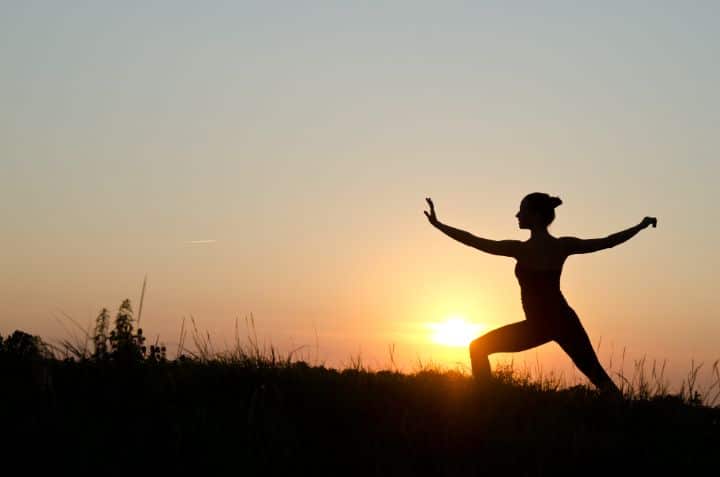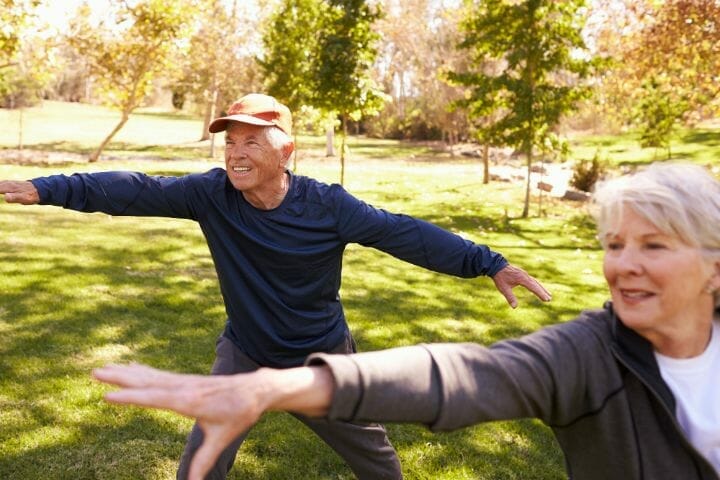Osteoporosis is a disease that weakens bones to the point where they break easily—bone mineral density is at alarmingly low levels and most often, bones in the hip, spine, and wrist are fractured as a result of minor trauma in the case of severe osteoporosis. Osteoporosis is called a “silent disease” because you may not notice any changes until a bone breaks. Osteoporosis-related fractures most commonly occur in the hip, wrist, or spine.
There is a lot of information online answering questions about a cure for osteoporosis and whether osteoporosis could be reversed, but we are only certain that proper treatment can help protect and strengthen your bones. These treatments can help slow the breakdown of bone in your body, and some treatments can spur the growth of new bone.
Osteoporosis is a major cause of disability in older women. A bone-weakening disorder, osteoporosis often results in fractures in the hip and spine — which can severely impair your mobility and independence.
Now, how can you manage your risk of these life-altering injuries and maintain general mobility? Rigorous research throughout the years has pointed to a combination of a healthy diet plan for osteoporosis and weight-bearing exercise as the key to managing bone mass and low BMD.
Certain types of exercise strengthen muscles and bones, while other types are designed to improve your balance — which can help prevent falls.
Contents
Benefits of Exercise for Osteoporosis
It’s never too late to start exercising. For people with osteoporosis, regular physical activity can:
- Increase muscle strength
- Improve balance
- Decrease the risk of bone fracture
- Maintain or improve posture
- Provide knee pain relief
For older adults with osteoporosis or arthritis, finding the safest, most enjoyable activities given the overall health and amount of bone loss is key. What we are saying is that there’s no one-size-fits-all prescription for managing the bone disease. Here are some key factors to note:
Before Starting an Exercise Regimen
We stress the importance of consulting your doctor before starting any exercise program for osteoporosis or arthritis. You might need some tests first. These may include:
- Bone density measurement
- Fitness assessment
In the meantime, think about what kind of activities you enjoy most. There are a lot of exercises you can choose from such as yoga, isometric exercises, pilates, etc. If you choose an exercise you enjoy, you’re more likely to stick with it over time.
You may also like Does Osteoporosis Affect Teeth and Nails?
Choosing the Right Form of Exercise
These types of activities are often recommended for people with a risk factor for osteoporosis and for women at an increased risk of postmenopausal osteoporosis :
- Strength training exercises, especially those for the upper back
- Weight-bearing exercise
- Flexibility exercise
- Stability and balance exercises
Fall prevention is especially important for people with osteoporosis. Stability and balance exercises help your muscles work together in a way that keeps you more stable and less likely to fall. Simple exercises such as standing on one leg or movement-based exercises such as tai chi can improve your stability and balance.
Originally developed as a martial art and a form of self-defense, tai chi has evolved into a graceful form of health-promoting exercise that’s now used for stress reduction and a variety of other health conditions. Often described as meditation in motion, tai chi is a low impact exercise that promotes serenity through gentle, flowing movements.
Tai chi’s Health Benefits
The potential benefits of tai chi practice for older adults with low bone mineral density and osteoporosis include:
- Relief from mental stress and depression
- Improved concentration and memory
- Improved balance and coordination
- Improved muscular strength and stamina
- Better posture
- Increased blood circulation
- Enhanced heart and lung function
- Enhanced flow of Qi
- Integrate the body and mind
You may also like Living Well with Osteoporosis
What are the Different Styles of Tai Chi?
There are five different tai chi styles.
Each style dates back to a different time period. Some styles are better suited to health while others are more for self-defence.
Here’s a quick summary of each style of tai chi class:
Chen-style
The Chen style tai chi practice started between 1580-1660
The focus of movement is on: Strength, and quick, skipping movements.
The intensity of exercise: High impact.
Yang-style
The Yang style started between 1799-1872
The focus of the movement is on: Slow, gentle, and extensive stretching motion.
The intensity of exercise: Low impact.
Sun-style
This tai chi style started between 1861-1932
The focus of the movement is on: Quick and compact set of movements for agility.
The intensity of exercise: Moderate impact.
You may also like Difference Between Osteoporosis and Osteomalacia
Hao-style
Started between: 1812-1880
The focus of the movement is on: Balance and compact, subtle movements for improving coordination and balance .
The intensity of exercise: Moderate impact.
Wu-style
Started between: 1870-1942
The focus of the movement is on: Distinctive, small circle hand technique.
The intensity of exercise: High impact.
So, which style is the best for older adults with osteoporosis and osteoarthritis?
Yang-style is the most common choice for exercise programs aimed at healing and recovery. However, there are research studies that point to Chen- and Sun-style leading to bone health benefits.
You may also like Apple Cider Vinegar and Osteoporosis – A Complete Guide
The potential benefits of the tai chi practice for rheumatoid arthritis and bone strength are immense. In fact, the Chen-style tai chi practice is very close to a weight-bearing exercise. The powerful movements involved in Chen-style are high-impact compared to Sun- and Yang-style.
If you’re thinking about trying Tai Chi, you should talk to a licensed instructor to discuss your bone health, the impact of exercise, and then decide which style is best for you. It’s also a good idea to consult with your healthcare professional before starting any new exercise regimen.
You could also try Qigong if you are looking for a gentle activity for inactive older people. Qigong, which is similar to tai chi movements, promotes deep breathing and focus. While tai chi is a good exercise for inactive older people with an existing health condition, qigong is performed as an activity intended for a certain situation. For instance, if your goal is to is expand your lung capacity, your qigong trainer can teach you the basic technique to build your lung capacity with deep breathing techniques.
A study focused on tai chi for osteoporosis showed that tai chi slowed down the loss of bone density approximately threefold. When people with osteoporosis fall they are more likely to sustain a fracture. Many studies have shown that tai chi reduces falls as it improves balance as well as enhances bone strength. In a nutshell, this low-impact exercise is beneficial for the management of osteoporosis in the elderly.
Tell us how Tai-Chi has helped with your management of osteoporosis and bone health in the comments below.




